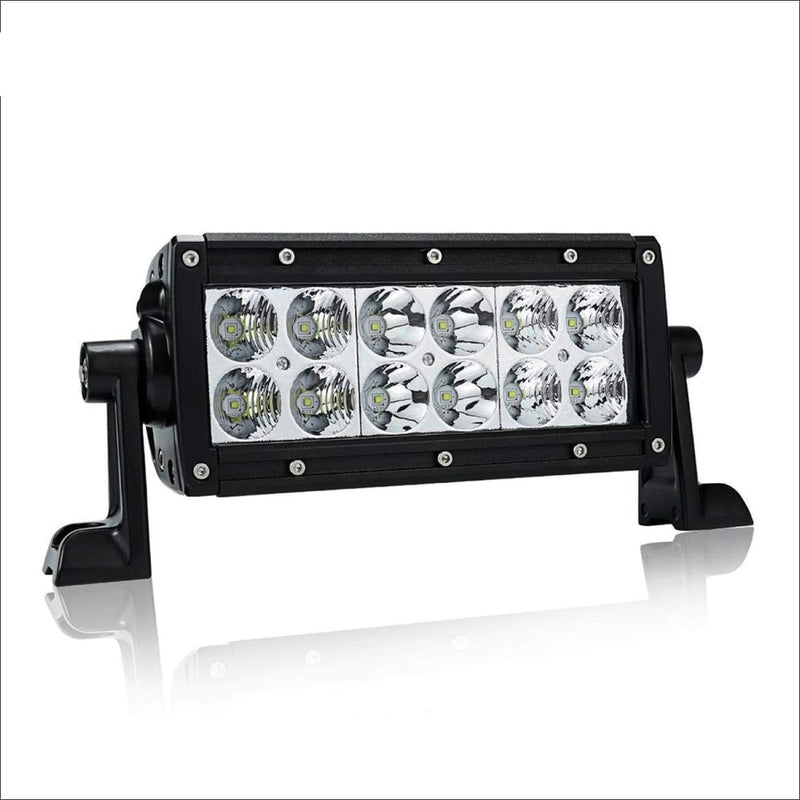Contents
Introduction to Light Bars
Light bar are essential tools for various settings, from off-roading to construction sites. They provide additional lighting in situations where standard vehicle lights may fall short. Offering powerful illumination, light bars enhance visibility and safety, making them popular among vehicle enthusiasts and professionals alike.
Available in various sizes and wattages, light bars can be mounted on vehicles, trailers, or even at home. With advancements in LED technology, light bars are more efficient and durable than ever. This article will explore the different types of light bars, their applications, how to install them, and tips for maintenance.
Types of Light Bars
LED Light Bars
LED light bars are the most common type today. Known for their brightness and energy efficiency, LED lights consume less power compared to traditional halogen bulbs. They emit a clearer and whiter light, enhancing visibility significantly.
Available in various lengths and configurations, LED light bars can be mounted on different vehicles, including trucks, SUVs, and ATVs. Some options even feature adjustable beams, allowing users to customize their lighting according to their needs. LED technology also ensures a long lifespan, reducing the need for frequent replacements, making them a smart investment.
Halogen Light Bars
Halogen light bars, though less popular than LEDs, still have their place in the market. They produce a warm light that many users find appealing, especially for certain applications. Halogen bulbs tend to be more affordable upfront but have a shorter lifespan than LED options.
These light bars are often found in older vehicles or applications where cost is a primary concern. While they may not be as energy-efficient, halogen light bars can still provide significant illumination for various tasks, such as off-roading or construction work. Consider your needs before choosing between halogen and LED options.
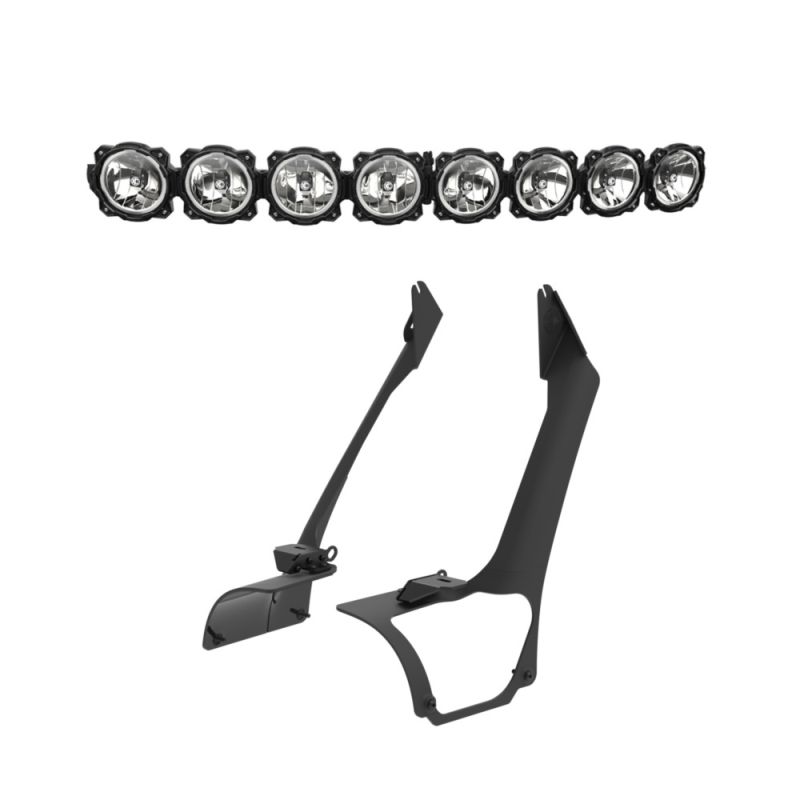
Applications of Light Bars
Off-Roading Adventures
Light bars are a favorite among off-road enthusiasts. When venturing into the wilderness, relying solely on standard vehicle lights can be inadequate. A quality light bar enhances visibility during nighttime drives and treacherous conditions, allowing drivers to navigate safely.
Many off-road vehicles are equipped with light bars mounted on the roof, bumpers, or roll cages. These placements maximize illumination and reduce blind spots. With bright light shining on the trail ahead, off-roaders can avoid obstacles and enhance their overall experience in rugged terrains.
Emergency and Utility Vehicles
Light bars play a crucial role in emergency and utility response situations. Police cars, ambulances, and tow trucks often have light bars mounted on their vehicles to increase visibility. These lights can alert other drivers and ensure that emergency personnel can operate safely.
In addition to visible warnings, light bars can also feature different flash patterns or colors. This versatility allows emergency vehicles to communicate their intent effectively. Utility companies also utilize light bars to improve visibility during essential tasks, such as road work or power line repairs, particularly in poorly lit areas.
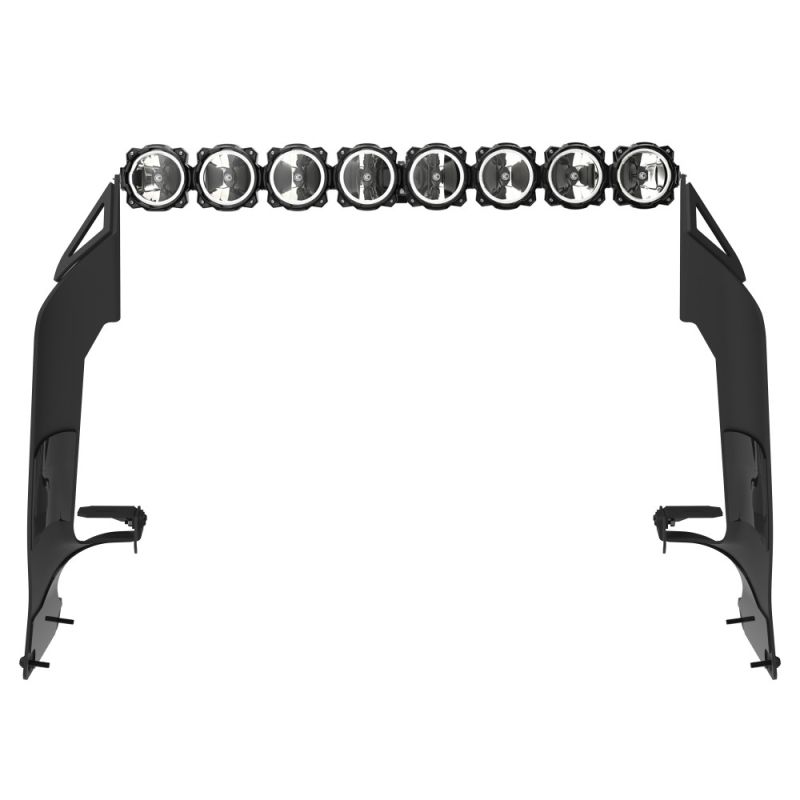
Installing a Light Bar
Gathering the Necessary Tools
Installing a light bar may seem daunting, but with the right tools, it can be a straightforward process. To start, gather essential tools such as a drill, mounting brackets, screws, and a wiring kit. You may also need a wire stripper and electrical tape for a complete installation.
It is important to read the manufacturer’s instructions thoroughly. Each light bar may have unique requirements, and understanding these can help ensure a smooth installation process. If you’re not experienced with electrical wiring, consider seeking assistance from a professional.
Step-by-Step Installation Process
Begin the installation by determining where you want to mount your light bar, ensuring a secure spot on your vehicle. Use brackets or included hardware to attach the light bar. Be cautious of any obstruction, such as the vehicle’s windshield or existing equipment.
Once the light bar is securely mounted, connect it to the vehicle’s electrical system. This step typically involves running wires through the vehicle and linking them to a power source, like the battery. Always double-check your connections and confirm that the light bar operates correctly before finalizing the installation. Following these steps will help you enjoy the benefits of your new light bar safely.

Maintenance of Light Bars
Regular Cleaning
Maintaining your light bar is crucial for ensuring optimal performance and longevity. Regular cleaning will prevent dirt, dust, and debris buildup, allowing the light to shine brightly. Use a soft cloth and mild soap to clean the lenses and housing without scratching the surface.
After cleaning, inspect for any signs of damage, such as cracks or burnt-out bulbs. If you notice any issues, address them promptly to prevent further deterioration. Ensuring your light bar is clean and intact will enhance its effectiveness over time.
Checking for Electrical Issues
In addition to regular cleaning, periodically check the electrical connections of your light bar. Loose or damaged wires can lead to intermittent performance or complete failure. Routine inspections can help you identify potential problems before they escalate, saving time and money on repairs.
If your light bar fails to turn on, first check the fuse associated with the power source. If the fuse is intact, investigate the wiring connections. It may also be helpful to consult the manufacturer’s troubleshooting guide. By staying proactive in maintaining your light bar, you can ensure it functions well throughout its lifespan.
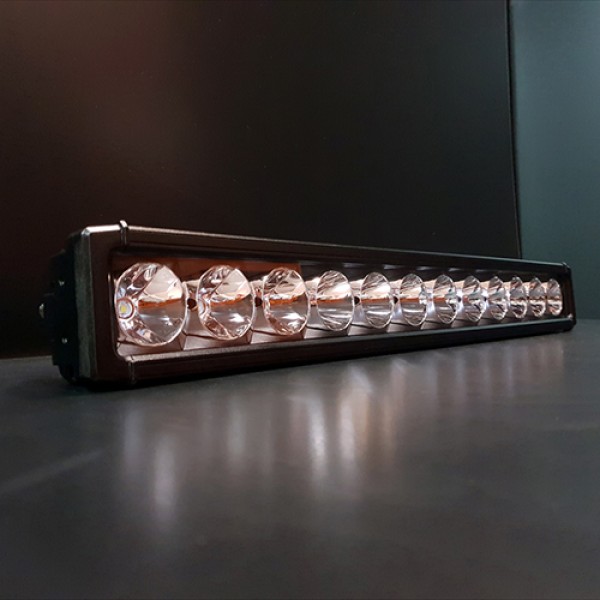
Choosing the Right Light Bar
Determining Size and Power Needs
When selecting a light bar, consider the size and power requirements based on your specific situation. Medium-sized light bars provide enough illumination for most applications, while larger bars can offer expanded visibility for rugged terrain or professional use.
Wattage is another critical factor. Higher wattage generally means more brightness, but it also impacts energy consumption. Assess how much light you genuinely need for your intended use. This consideration ensures that you make an informed decision, maximizing efficiency and performance.
Evaluating Beam Patterns
Light bars come with different beam patterns, including flood, spot, and combination beams. Flood beams provide wider illumination, ideal for close-range tasks. Spot beams focus on long-distance visibility, making them suitable for off-road adventures.
Many users find that a combination beam is the most versatile option. This pattern allows for both close-range and long-distance visibility, making it effective in various situations. Evaluate the beam patterns to determine which option aligns best with your needs, ensuring optimal performance in multiple settings.
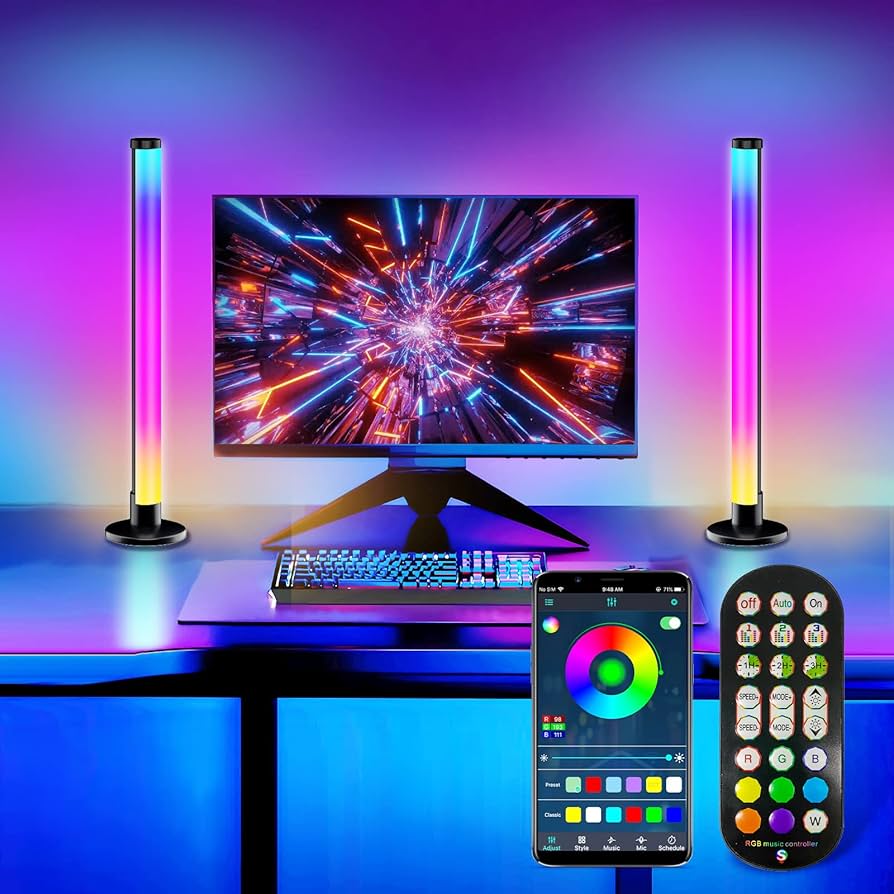
Understanding the Different Materials
Aluminum vs. Polycarbonate Housing
When selecting a light bar, paying attention to the materials used in its construction is crucial. Most light bars feature either aluminum or polycarbonate housing. Aluminum is lightweight yet durable, providing excellent heat dissipation, which helps prolong the life of the LEDs. Its rugged quality makes it a popular choice for off-roading and harsh environments.
On the other hand, polycarbonate offers shock resistance and is less prone to cracking, which is particularly beneficial in high-impact situations. While polycarbonate may not dissipate heat as effectively as aluminum, many manufacturers design it with enhanced features to counteract this drawback. Understanding the advantages of each material can help you make an informed choice based on your specific needs and the conditions in which you plan to use your light bar.
IP Ratings and Weather Resistance
Another consideration when choosing a light bar is its Ingress Protection (IP) rating. This rating indicates how well the light bar can withstand dust and water. An IP68 rating, for instance, means the light is both dust-tight and can endure submersion in water beyond a certain depth for a specified time. Such a rating is essential if you’re using the light bar in wet or muddy conditions, as it ensures durability and reliability.
Choosing a light bar with a high IP rating will increase the lifespan of your investment. If you’re frequently exposed to harsh weather conditions or off-road environments, prioritizing weather resistance will pay off in the long run. Evaluating these features ensures you select a light bar that can handle the elements while performing effectively throughout its lifecycle.
Conclusion: Illuminate Your Journey with Light Bars
In conclusion, light bars are invaluable for enhancing visibility in diverse applications, from off-roading to emergency response. Understanding the types, applications, installation process, and maintenance requirements will help you make the most of your investment.
Choosing the right light bar involves considering size, power, and beam patterns to match your specific needs. A well-chosen light bar can transform your outdoor experience, making it safer and more enjoyable.
As technology continues to advance, light bars will only improve in efficiency and effectiveness. So whether you’re taking on challenging terrains at night or ensuring safety on the job site, a reliable light bar can brighten your journey. Embrace the adventure and illuminate your path!
